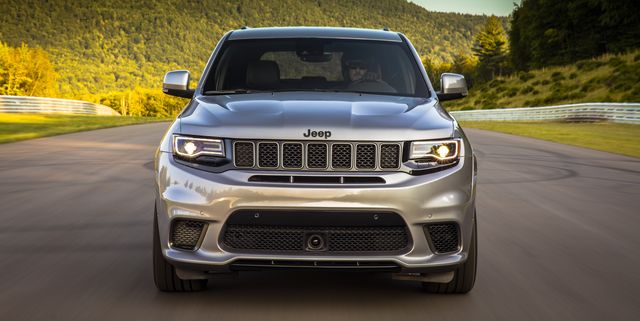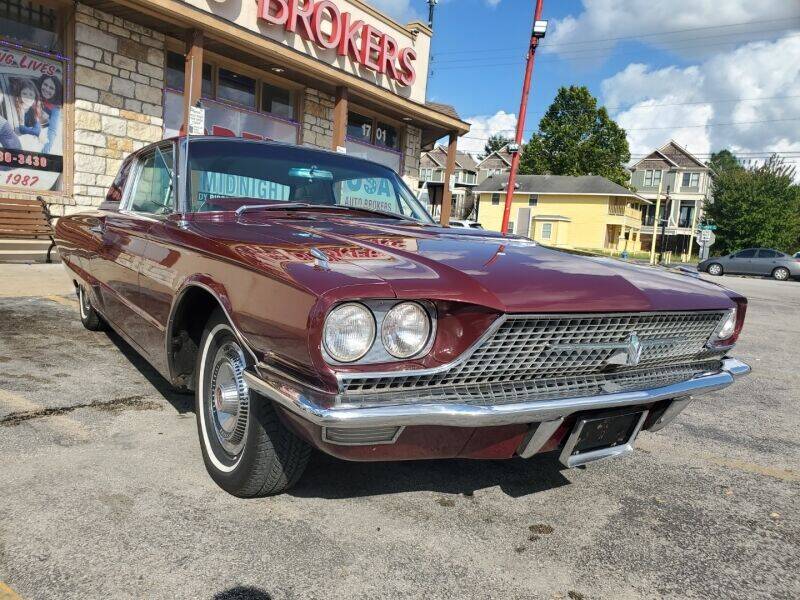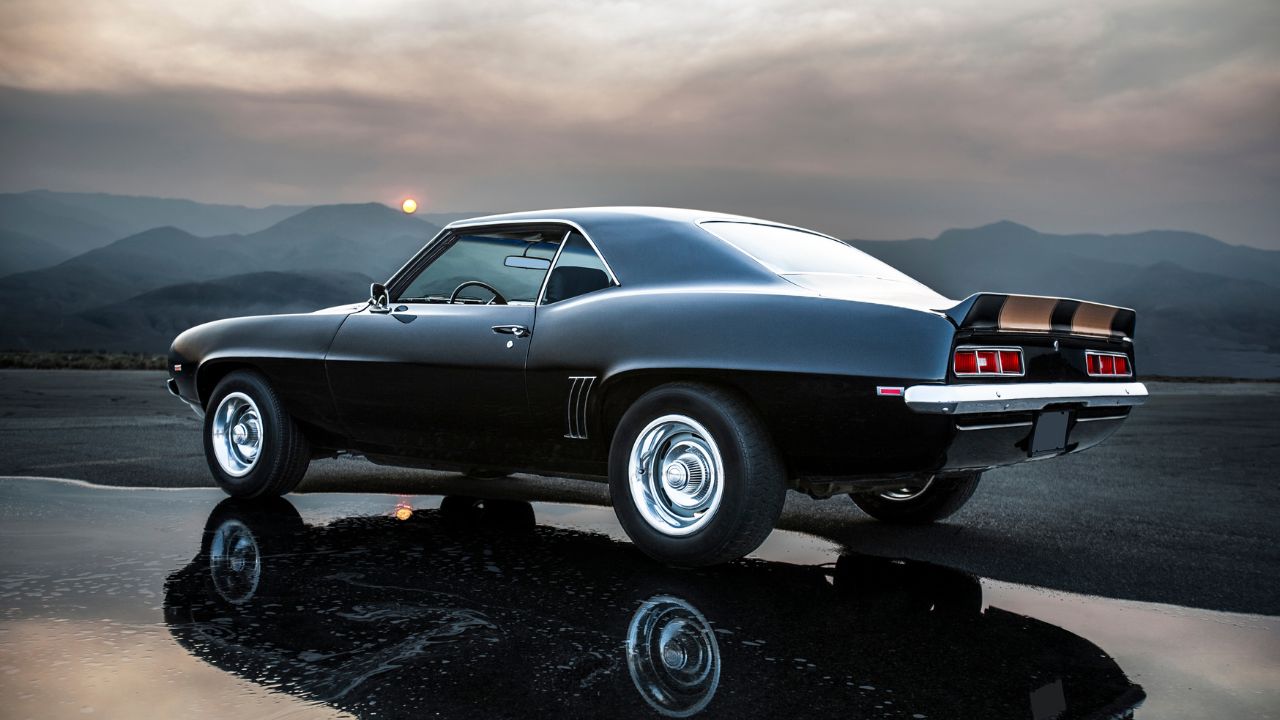
The Detroit OEMs' massive displacement engines (formerly known under The Big Three GM Ford Ford Chrysler) fueled the craze for muscle cars. In the middle 1960s, a Japanese/German invasion began. Daimler Volkswagen, Toyota, Daimler, and Volkswagen were these car manufacturers. Japanese carmakers were Nissan, Mazda (and Mitsubishi) however. This invasion was the birth of the first American muscle cars.
1970 Chevrolet Chevelle SS 454 LS6
One of the best examples of a modern muscle car is the LS6 engine found in the 1970 Chevrolet Chevelle. GM rated LS6 at 450 horsepower, but real-world numbers place it closer to 500. Regardless of the horsepower rating, the LS6 engine is known for its massive torque curve, which wowed drivers of the day. These big motors are capable of producing a lot of torque and can shred tires. The Chevelle LS6 was a formidable competitor on the track.
The LS6 engine was key to winning the horsepower wars in the late 1960s and early 70s. The Chevrolet Chevelle SS454 LS6 engine was the secret weapon during the 1970 muscle car fight. The big engine in the Ford 428 Cobra Jet, Chrysler's 440 wedge, and Dodge 426 Hemi was a big one, but the LS6 option was only available for a single model year, 1970. Buick also offered a 455 cubic-inch (7.46 L) engine in its 1970s.

1970 Plymouth Duster
The performance-oriented, compact 1970 Plymouth Duster was a muscle car that put bigger cars to shame. The compact car was powered by a 340 cubic inch V8 and featured a sporty hood. This allowed it to push the limits of performance. The Valiant's Valiant-like hood scoop and front sheet metal were similar, but the Duster was distinctive by its cowl-back design. The price of Duster models in 1970 was $2,172. They were available in two-door coupes or sedans.
The Plymouth Valiant duster was the most iconic model in the line. The duster was first introduced in 1970 and was sold for seven years. The 340 cubic-inch V-8, which produced 275 horsepower, was the most powerful. Two slant 6es and one 318-cubic in V-8 were budget-friendly options. The sporty Plymouth was the most popular brand in 1970. Despite its affordability, many buyers loved this duster's performance.
1970 Coronet Super Bee
The 1970 Coronet Super Bee is one the most famous cars ever made. It has unstoppable power and stunning looks. This Dodge muscle car is not only stunning in appearance, but also has a remarkable restoration that is meticulously detailed and spotless. If you've been dreaming of owning one of these iconic cars, you can make your dream come true by working with Future Classics. Our experts will help you start the restoration process.
This muscle car was a member the Scat Pack. That was a Dodge performance streetcar that competed against Plymouth. Its original nose design was completely changed and its base cost was decreased to $3074. The car's colors, like Panther Pink, were carefully chosen for maximum impact. It was a rare sight to see cars painted this color. Despite this unusual style, sales dropped in 1970.

1970 Pontiac Trans Am SD-455
The legendary 1970 Pontiac Trans Am remains one of America's most iconic muscle cars. The supercharged fourcylinder engine produced 290 horsepower (270 PS) making it the first car to offer such high compression ratios. The engine that was the basis for the SD-455 muscular car was created by Pontiac engineers during the summer of 1972. Despite the engine's high compression ratio it only produced 290 SAE of net horsepower.
In 1977, a 16 year old car enthusiast located a 36K-mile survivor. The Trans Am was first American car with a sticker on the hood and was later driven by an extensive list of A-list celebrities. Burt Reynolds was the most well-known owner of a Trans Am, and he drove it on numerous movie sets. It's easy for us to understand why the Trans Am is the "Screaming Chicken".
FAQ
Do I need to have a degree to work as an automotive mechanic? Do I have to study part-time?
Although it's not mandatory, a degree can help. Employers prefer applicants who have completed a full-time degree. It shows that you've put the effort in and have done everything possible to succeed.
But, this doesn't mean you have to stop working while studying. Some universities let students complete their coursework in the summer and then continue their studies during the school year. Other universities permit students to take classes part-time during the school year.
What qualifications does a truck mechanic need?
You don't have formal qualifications for this role, but you are very experienced working on trucks and engines. Your experience is invaluable as you know how to diagnose problems quickly and efficiently.
Your knowledge of diesel technology will allow you to identify the parts that are required to fix our vehicles.
What qualifications do you need to be a mechanic?
You will need to pass several exams in order to become a mechanic. These exams include:
-
A test of general knowledge
-
A practical examination
-
An apprenticeship test
These tests are designed to ensure that you understand the basic concepts of mechanical engineering and physics before you start working as a mechanic.
You'll be eligible for work as a mechanic after you have passed the tests. You'll still need an apprenticeship. This will involve training in your trade.
To learn all you can about vehicle repair, you will need to take classes and workshops. It will be necessary to work alongside experienced mechanics.
You'll need a high level of concentration and attention to detail if you want to succeed as a mechanic. It is essential to pay attention to all aspects of vehicle repairs.
To be a successful mechanic, patience and perseverance are essential. If you don’t love to follow instructions, this may not the right career path.
This job is for you if you are passionate about cars and love fixing them.
Is it difficult to find a job as a mechanic in the automotive industry?
Yes, it can be very easy. Many garages advertise their vacancies online, and many people apply just because they think it might be fun. To get your foot in front of the door, try applying for a few positions to see if any accept student applications. Another option is to ask family members and friends if anyone works in this industry. They might be willing to recommend someone.
What length of an automotive course is it?
An automotive course lasts for three years.
The first year of your training is devoted to theory. You will learn all about cars. Practical training is the second year. You will learn to drive, fix engines and perform other tasks around the car. The last year is spent at a local shop, where you will get practical experience with real-world problems.
Is it worth being a mechanic.
This question is dependent on your life goals. If you are looking to make money, then yes. But if meaning and purpose is what you seek, then no.
It's not worth learning mechanics if you don’t have the skills. You'll waste your time. You won't become rich from it. It won't make you famous. And it's unlikely to change your life.
You'd have to spend years learning how things work. It would be expensive to have your car fixed by someone else. Most people avoid doing this. They find something else to do.
Let's sum it up: If you want to make a lot of money, then do so. But if you want to live a meaningful life, stay away from the mechanic's industry.
Does it really matter what college I choose?
No, not really. There are no differences between colleges when it comes to getting into the automotive industry. Some schools have better programs than others, so you might want to look elsewhere if your goal is something more specialized.
Statistics
- According to the BLS, total auto technician employment is expected to exceed 705,000 by 2030. (uti.edu)
- Apprentice mechanics earn significantly less hourly than mechanics who have completed training, with a median wage of approximately $14.50 an hour, according to PayScale. (jobhero.com)
- There were 749,900 jobs available for automotive service technicians and mechanics in 2016, which is expected to grow by six percent through 2026. (jobhero.com)
External Links
How To
How to become a mechanic certified
The mechanic's certifications can be used by people who wish to become professional automotive technicians. These certifications provide an overview of all aspects of auto repair including engine diagnostics and electrical systems, brakes. steering. fuel injection. air conditioning. heating. exhaust. diagnostic tools. body repairs. collision damage repair. collision repair. paintless dent removal. motor vehicle emissions testing.
The program includes 12 hours of classroom instruction as well as three months of training on the job at a participating dealer. Students must attend 60 hours of classroom instruction per semester. In addition, they must pass a written exam which includes practical and theory questions. After completing the coursework students are eligible to take the National Institute for Automotive Service Excellence state examination (ASE). For employment as an automotive technician, certification by ASE is necessary.